How to Choose the Right API: Decision Frameworks & Best Practices

In a landscape shaped by rapid technological change and increasing demand for real-time data, APIs (Application Programming Interfaces) are the connective tissue for building innovative apps, platforms, and AI agents—especially in the fast-paced crypto and AI sectors. But with hundreds of APIs available, each promising flexibility, deep data, or robust security, making the right choice is both crucial and challenging. If you’re wondering "Choosing an API. What's your go to?"—this guide breaks down the frameworks, considerations, and strategies you need to make a confident selection.
Why APIs Matter: The Backbone of Modern Apps
APIs are essential for bridging the gap between complex systems, enabling everything from portfolio trackers to trading bots and DeFi dashboards. In crypto markets, they empower developers by delivering live prices, historical charts, blockchain analytics, and more into their applications.
- Innovation: APIs enable developers to rapidly build, iterate, and pivot, speeding up time-to-market.
- Interoperability: They connect disparate services—wallets, exchanges, analytics, NFT platforms—into seamless user experiences.
- Scalability: APIs allow platforms to handle large data loads and user requests without reinventing the wheel.
For data-driven sectors like crypto, the right API can differentiate an average product from a market leader.
API Selection Criteria: Core Factors to Consider
When facing numerous API choices, relying on a structured evaluation framework is key. Here are the essential factors to weigh during your decision process:
- Reliability & Uptime
Stable APIs with high uptime ensure your application runs smoothly, even during market volatility. Look for SLAs, status pages, and real-world uptime statistics. - Data Quality & Coverage
Comprehensive, accurate, and up-to-date data are essential, especially in crypto. Evaluate the sources (on-chain, exchanges, news) and the breadth of data offered. - Latency & Performance
In trading or analytics, milliseconds matter. Check for low response times, efficient endpoints, and server locations close to your users. - Security & Compliance
Ensure robust authentication, encrypted endpoints (HTTPS), and clear data privacy statements. Regulatory compliance is vital for applications handling user data. - Documentation & Developer Experience
Clear, thorough API documentation and active developer support can dramatically shorten integration times and reduce errors. - Pricing & Scalability
Transparent pricing, free tiers, and scalable plans let you grow without sudden cost surprises. - Community & Ecosystem
APIs with vibrant user communities, SDKs, and public forums can accelerate troubleshooting and feature discovery.
Popular API Use Cases in Crypto & AI
The diversity of APIs reflects the wide array of use cases in crypto and AI development. Here are some common scenarios:
- Market Data APIs: Stream real-time and historical price data, order books, trading volumes, and alerts.
- On-Chain Analytics APIs: Access wallet balances, smart contract events, token transfers, and blockchain statistics to power dashboards or compliance tools.
- AI-Driven APIs: Leverage sentiment analysis, natural language processing, or predictive analytics for smarter trading or portfolio decisions.
- Trading APIs: Automate order execution, risk management, and portfolio rebalancing on centralized or decentralized exchanges.
- Wallet & Custody APIs: Integrate secure wallet operations, user authentication, and multi-signature security features within mobile or web apps.
Selecting the right type of API depends on your application goals and the core problem you aim to solve.
Data-Driven API Comparisons: Practical Steps
How do you move from a long list of API options to a shortlist—and ultimately, the best fit for your needs? Here’s a practical approach:
- 1. Define Your Requirements: Document the specific features, data endpoints, and performance needs for your app. Is real-time accuracy essential? How much historical data do you need? Do you require high-frequency updates?
- 2. Demo and Test: Use sandbox or free API tiers to benchmark latency, data freshness, and error responses. Tools like Postman or cURL can help automate these checks.
- 3. Scorecard Evaluation: Assign weighted scores to your main criteria (e.g., security, coverage, uptime). Compare options side by side.
- 4. Community Insights: Check developer reviews, GitHub repositories, and forums for candid feedback about integration pain points or standout benefits.
- 5. Evaluate Support and Updates: Prioritize APIs from providers that clearly communicate changelogs, roadmap updates, and offer responsive technical support.
- 6. Monitor Long-Term Viability: Assess whether the provider is reputable and investing in continued infrastructure, regulatory compliance, and new features.
Combining technical due diligence with community feedback reduces the risks of costly mid-project API switches.
How AI Tools and Research Platforms Support Smarter API Choices
AI-driven research and analytics platforms have made it easier to analyze and compare APIs, especially for those without specialized technical backgrounds. Examples include:
- Automated API benchmarking tools for latency, uptime, and data completeness.
- Natural language search for finding relevant APIs using AI-powered documentation digests.
- Platforms like Token Metrics that leverage AI to analyze on-chain data, predict trends, and integrate signals directly via API for smarter app and agent development.
The net result: Even development teams with limited resources can access robust, institutional-grade data and insights. AI also supports informed decision-making by highlighting anomalies, flagging downtime events, and even scoring APIs based on historical reliability.
Build Smarter Crypto Apps & AI Agents with Token Metrics
Token Metrics provides real-time prices, trading signals, and on-chain insights all from one powerful API. Grab a Free API Key
FAQ: Choosing the Right API
What is the difference between public and private APIs?
Public APIs are open for use by anyone and often serve broad developer needs, while private APIs are restricted—typically for internal or partner use, offering greater security and custom functionality.
How can I assess an API's security risk?
Look for secure authentication protocols (OAuth 2.0, API keys), encrypted endpoints (HTTPS), regular audits, and transparent vulnerability disclosures from the provider. Always test endpoints for data leakage and follow best practices.
What tools help measure API latency and reliability?
Popular tools include Postman, Pingdom, Uptrends, and custom monitoring scripts. Many major providers also publish real-time status dashboards with uptime statistics.
How can I smoothly integrate a new API into my application?
Prioritize APIs with SDKs in your preferred programming language, thorough documentation, and active developer support forums. Use staging environments to iron out bugs before going live.
Is it common to use multiple APIs in a single project?
Yes. Many advanced apps combine several APIs—such as price feeds, trading, and on-chain analytics—for richer functionality. Using multiple sources can also increase data reliability and coverage.
Disclaimer
This article is for informational and educational purposes only. It does not constitute financial or investment advice. Always conduct your own due diligence and consult with appropriate professionals before making technology or operational decisions in the crypto sector.
Create Your Free Token Metrics Account

.png)




%201.svg)
%201.svg)


%201.svg)



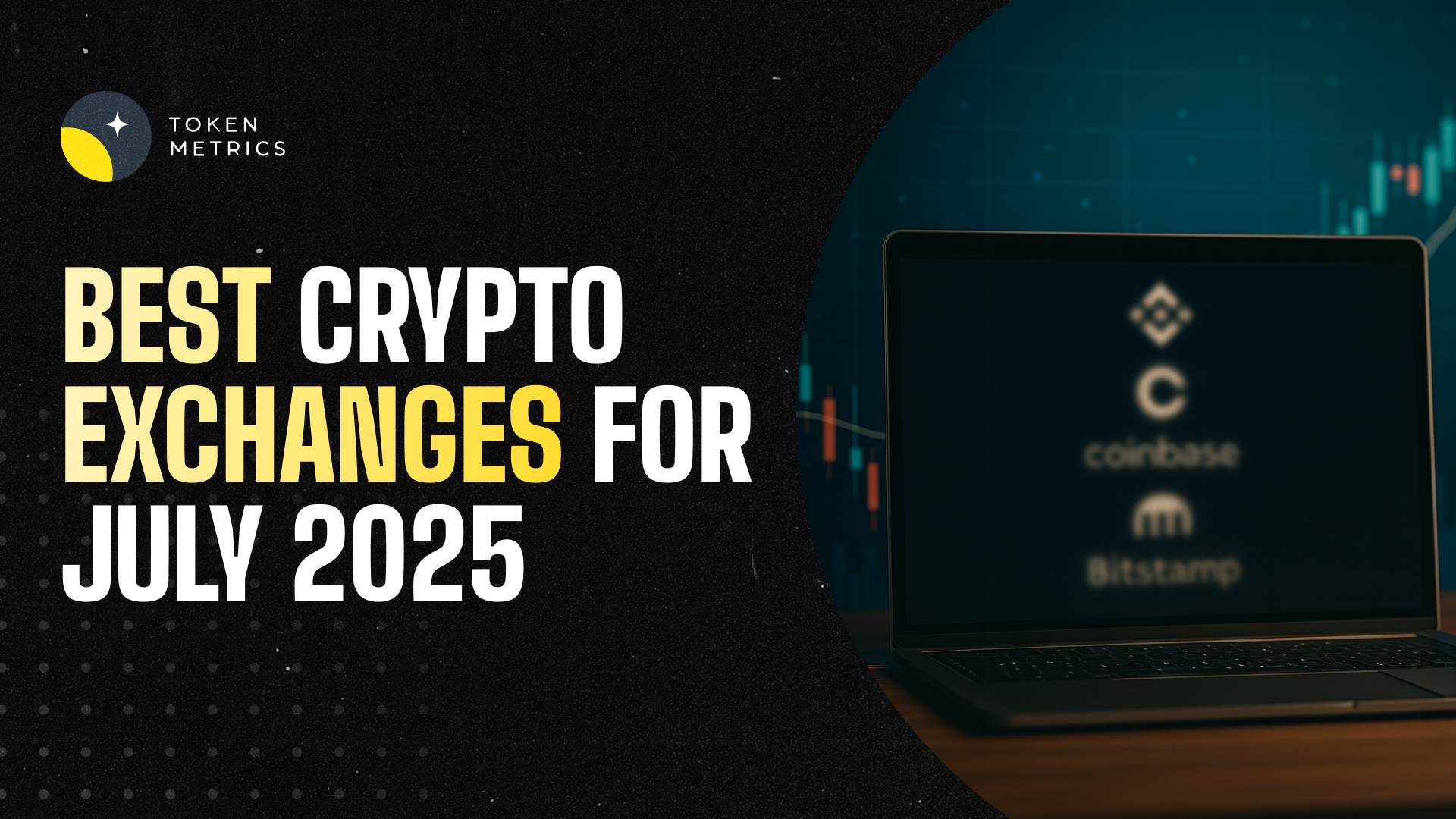
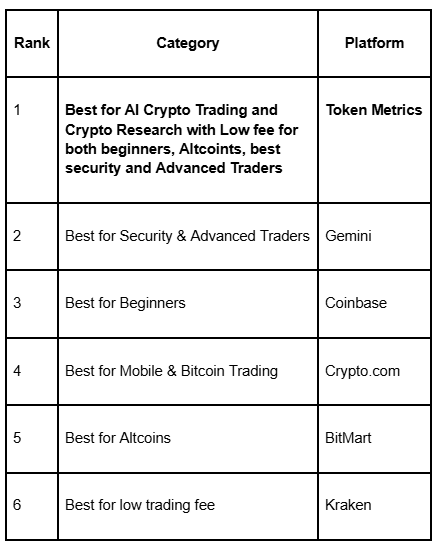








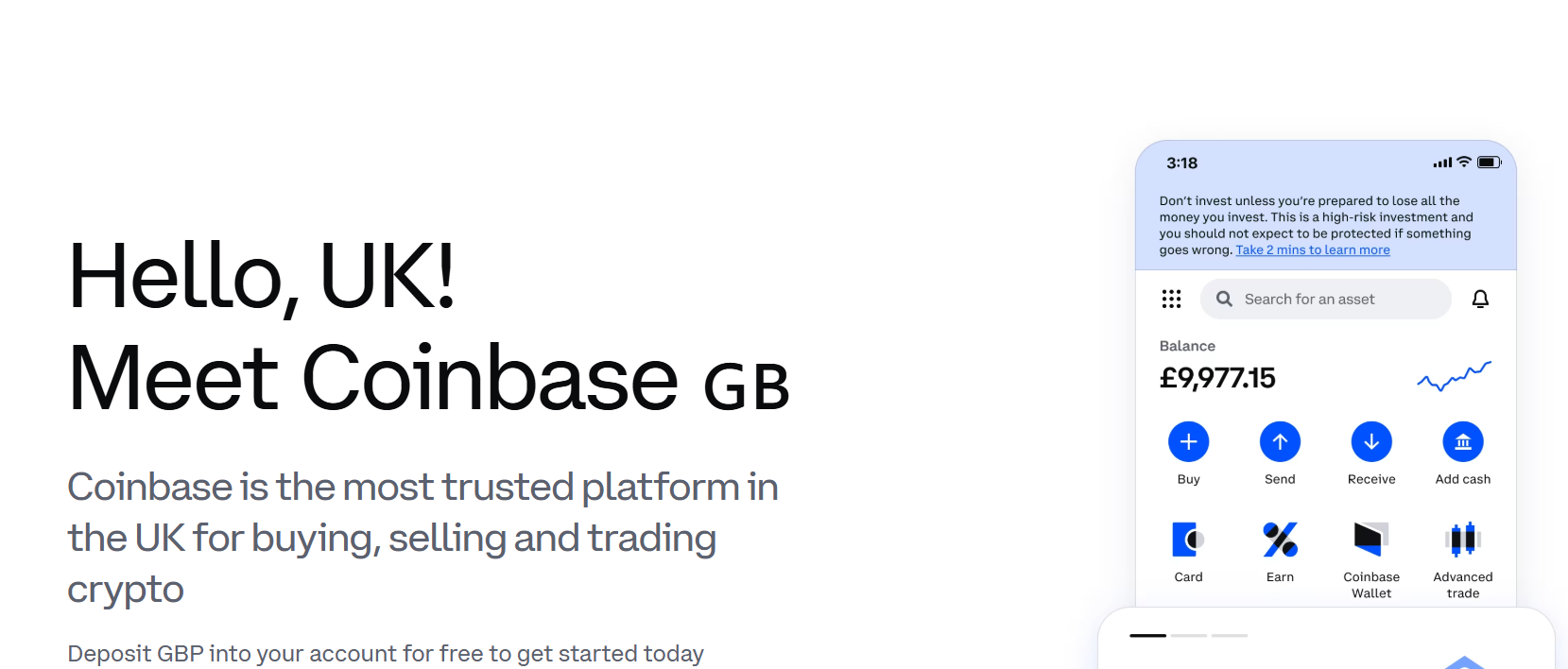
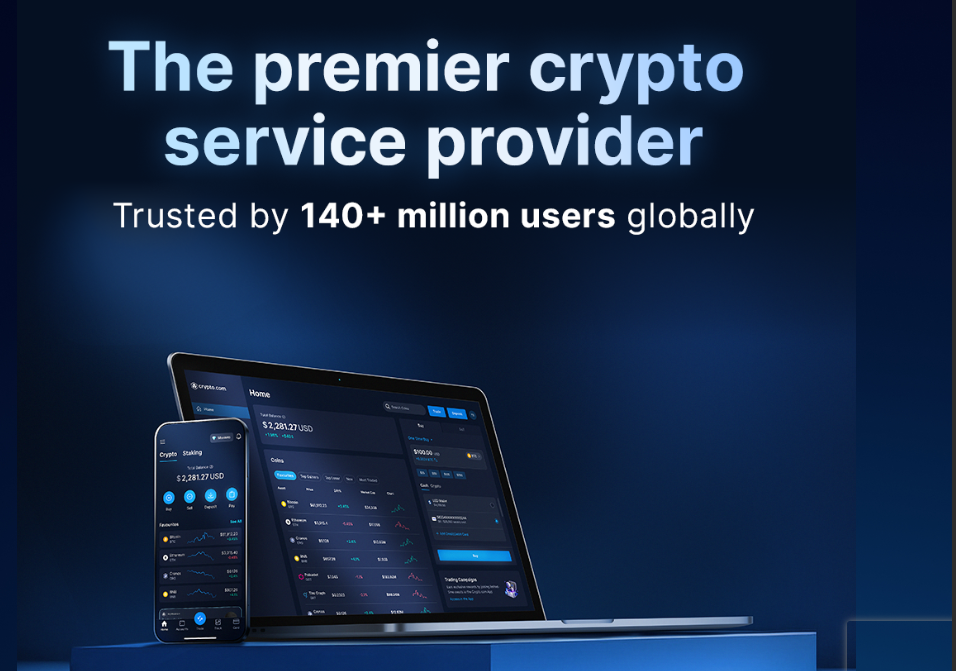
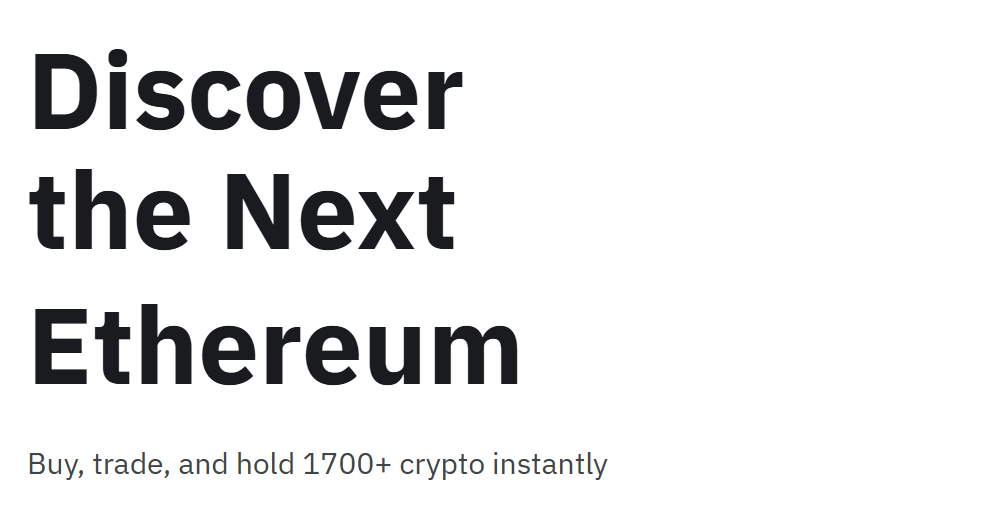
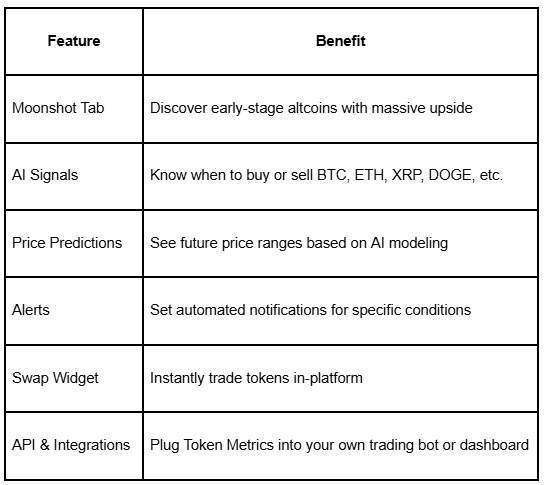
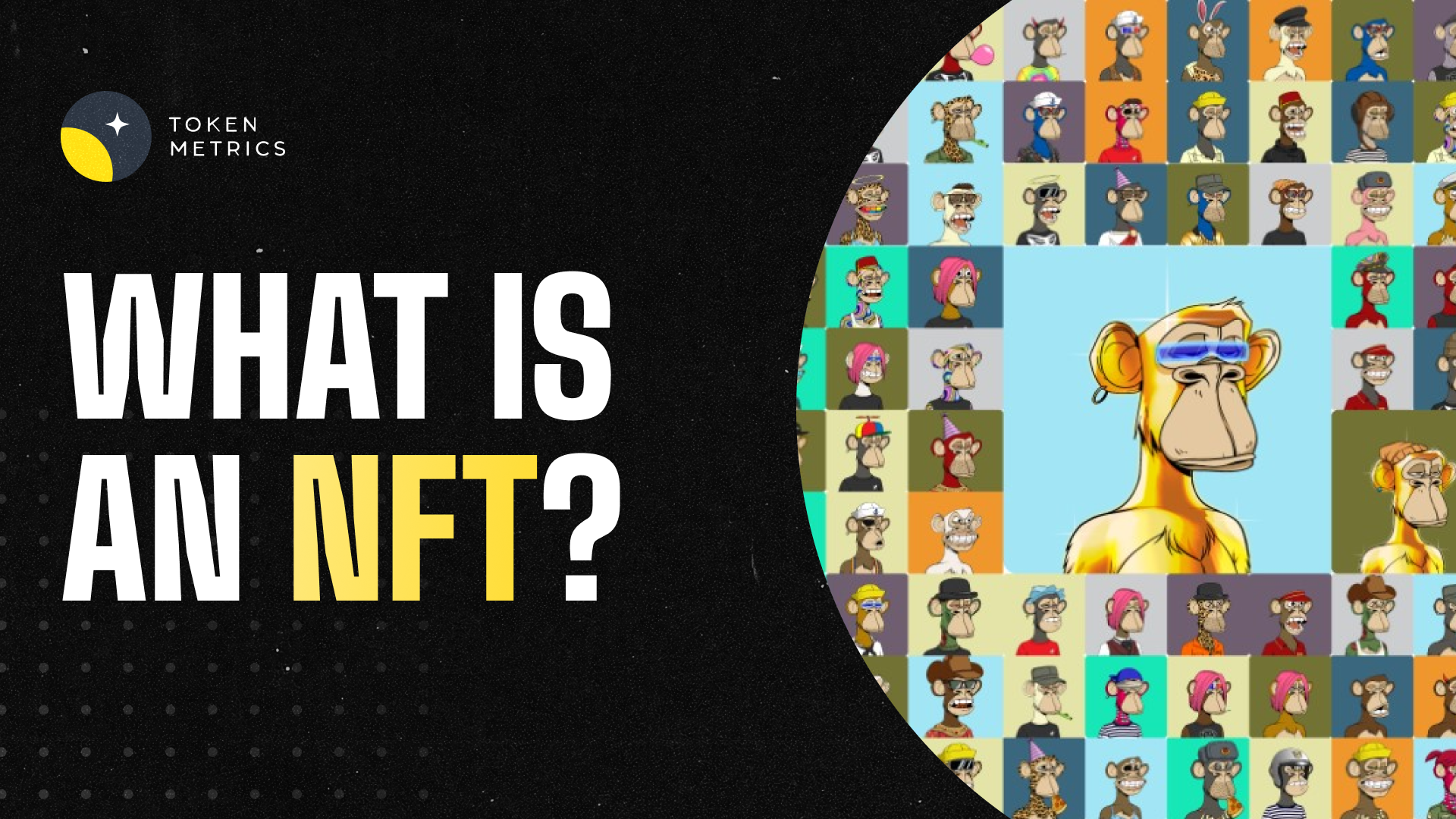

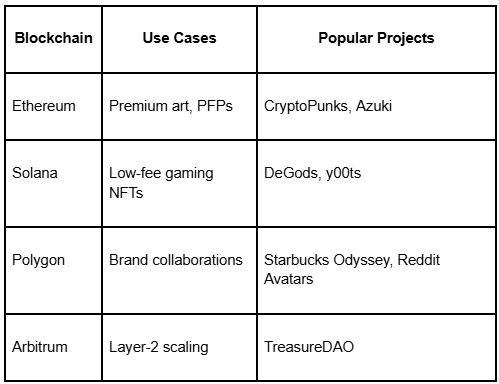
.png)







.svg)




.png)